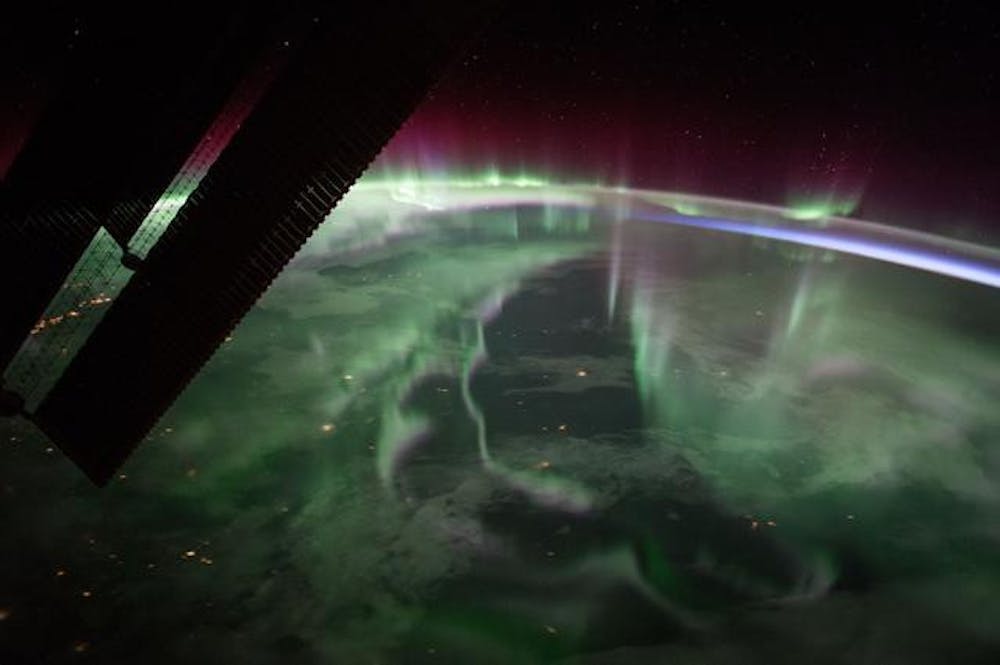People in Bloomington may be able to see the aurora borealis — or “northern lights” — starting Sunday night around 10 p.m. and into Monday morning due to a coronal mass ejection from the sun, according to the National Oceanic and Atmospheric Association.
Chris Stubenrauch, a space weather research scientist working at NASA’s Goddard Space Flight Center, said in a Twitter direct message, Bloomington will have around a 35% chance of seeing the lights. He said the largest obstacles for viewing will be cloud cover and light pollution.
Stubenrauch’s hobby Twitter account, Space Weather Watch, forecasts the northern lights’ southern limit will reach across the U.S., stretching from Oregon to southern Indiana to New Jersey.
He said traveling north — away from Bloomington’s city lights — and further away from the aurora’s projected southern limit will increase the chances of seeing them. However, he said not much can be done about cloud cover.
[Related: Bloomington in early preparation for solar eclipse visitors in 2024]
Stubenrauch said the coronal mass ejection (CME) from the sun will also need to hold its current intensity through the night to be seen in Bloomington.
The NOAA released an alert at 3:45 p.m. Sunday describing tonight’s CME as “severe,” its second-highest classification. The alert says the lights have a chance to be visible as far south as northern California and Alabama.
According to the NOAA, a CME is a large expulsion of plasma from the sun’s corona, the outermost layer of its atmosphere. This plasma carries a magnetic field with it, which can disrupt some electronics and GPS.
When ejected particles reach Earth, they are funneled to the north and south poles because of the Earth’s magnetic field. Billions of particles then collide with particles in the Earth’s upper atmosphere, creating the lights usually seen closer to the poles.



